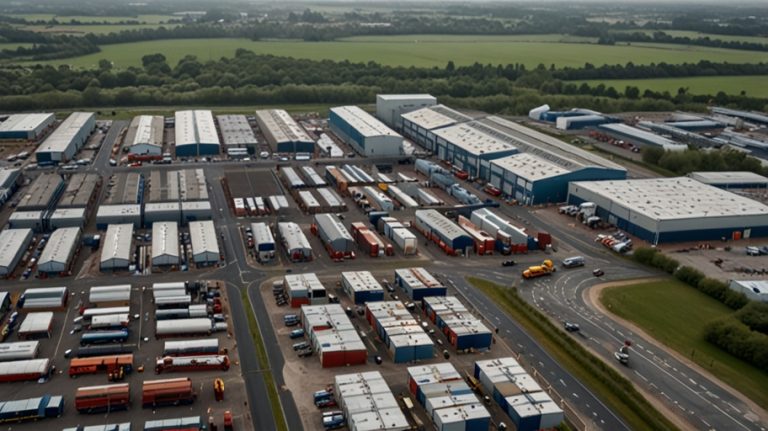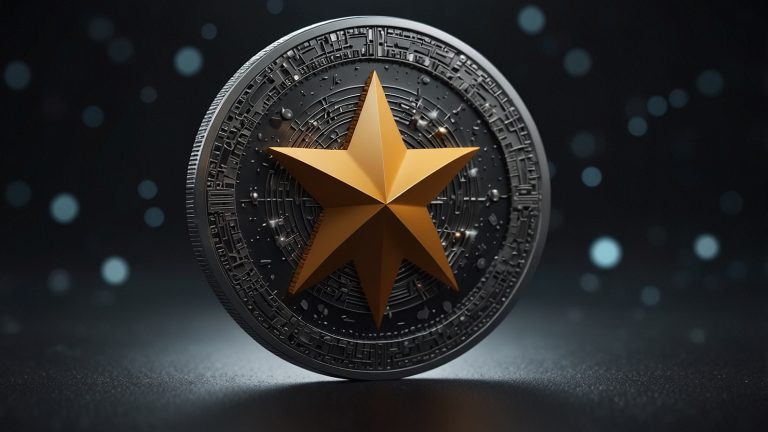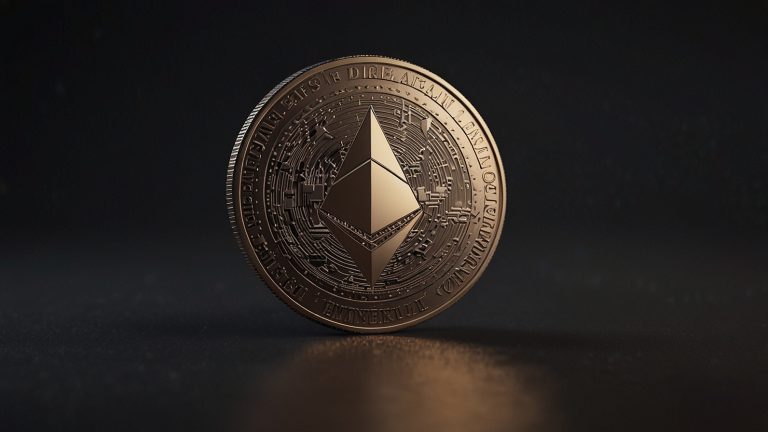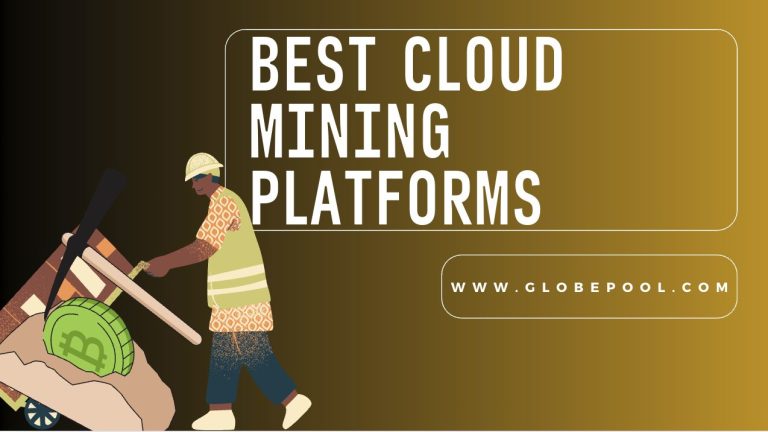Ongoing changes to U.S. import duties are putting UK producers and shippers in a difficult position. The firms concerned with manufacturing and logistics are preparing for the possible negative effects of global trade policy adjustments, as the findings point out. Larger companies provide a clear picture of their skepticism, with a significant fraction acknowledging a substantial financial blow. This prudent strategy is reflected in a decline in the volume of financial resources invested, which could dampen the country’s economic development targets.
UK as a whole began the year 2025 with some significant challenges, as total production showed a decrease in the initial period. The most damaged sector is the production sector, with both mining and manufacturing representing the worst decreases. The good news is that some branches, like food production, metal products, and repair services, are able to make ends meet. The most unfortunate trends in the whole sector are partially turned back by these thriving businesses.
The construction sector is down too, which represents the overall uncertainty affecting the business environment. Despite this, industry people are still positive about the public money meant for the home and infrastructure sectors, which they expect will spur growth in the industry. The services segment, compared with the main topic, demonstrates a more robust nature with rather small growth due to the victories in health, administration, and retail sectors. Work you will find in said areas is a decent guarantee of the success of this facet, and it is a premise that this run will stretch out over more months
The United Kingdom’s status as a trading centre remains unsteady, as emerging tariffs and changing global partnerships are seen to be significant factors threatening the country’s economic development. According to recent economic forecasts, the imposition of general tariffs could render the country’s GDP a mere 0.8 percent growth rate in 2025 and 2026.
Although the savings of households and public spending are predicted to offer some support for the economy, the downside risk of a contraction in the pace of growth remains very high. Inflation is expected to be at its peak in the autumn when around 3.6% is to be reached, as businesses transfer their increased labour costs to consumers who are also facing rising energy bills. Nonetheless, it is anticipated that inflation could return within the range of the Bank of England’s target by mid-2026 if we go by forecasts.
Interest rates are to be maintained at a level above the neutral rate for now, and a certain amount of relaxation is expected later in the year. The employment market is in a state of disarray, as increasing expenses and a bleak business environment are pushing toward a milder outlook for employment. Unemployment is likely to go up slightly, but salaries are projected to be lower as the market is getting back into equilibrium.
The government is trying to juggle adhering to the fiscal rules and at the same time pursuing a policy that would boost the economy. This is almost impossible since the treasury has very little money left, and there is also a risk of a decrease in the number of planned projects.
In the presence of these significant economic obstacles, there are still indicators of recovery in the country’s relations with the rest of the world. The government is close to finalising a big trade deal with the European Union, which will allow UK arms manufacturers to export billions of pounds worth of arms to their European allies. In addition, this deal will let UK companies compete for a huge EU defence fund, hence creating new business opportunities for growth and cooperation within Europe.
Besides the EU arrangement, the United Kingdom government is likely to introduce a substantial agreement for the drones produced by a New Zealand company with production in Hampshire. This step emphasizes the running attempts to bring in foreign investment and the promotion of innovation in the United Kingdom’s advanced manufacturing sector. Such agreements are absolutely essential for keeping the country competitive in an extremely fluid global market.
The services sector of the UK has, unfazed, been the main stable source of the country during the troubled period. While the industrial and construction sectors suffered setbacks, growth observed in the health and retail sectors has managed to even out the situation.
Businesses operating in the mentioned areas are quite upbeat about future demand, and many speak of a solid pipeline of work and growth expectations. The support given by services to the economic recovery of the UK will be a paramount driver of the country’s economic prospects for the rest of the year.
Nonetheless, the threats to growth still remain at the forefront. The introduction of new tariffs and unstable global trade prospects have led to negative business sentiment. There are still many companies that will hold off on making investment decisions in the anticipation of more clarity on the trade policy and the broader economic situation. From industrial and logistics to construction and even further, consumers’ and producers’ caution is pervasive throughout the economy.
The government’s capability to resolve these hitches will be the key factor in shaping the UK’s economic outlook in 2025. Decision-makers are under greater scrutiny as they attempt to find the right mix of cutting-edge development assistance while still adhering to fiscal discipline.
Initially, inflation is expected to be at a high level; then the interest rates, which will remain above- or at best, equal to non-accommodative rates, will make the future path full of potholes. Notwithstanding, certain sectors’ resilience and the potential gains from new international commercial interactions are encouraging.
Markets have not really enjoyed the situation, with the result that the FTSE 100 has demonstrated considerable ups and downs, expressing the general insecurity across European markets. The pound spent a couple of days in a high position against both the US dollar and the Euro, which signals there is still some confidence inside the UK that the country’s economy will grow. Nevertheless, the fear of the global trade conflict and the anxiety from the domestic political situation remain dominant in the minds of the investors.
In addition to the aforementioned, labor disagreements have been trending lately with the employees of the major utilities that are planning to have a strike due to a pay dispute. Employees are asking employers to raise their salaries in line with inflation, indicating the severity of a confrontation and the respective sides in the environment. The strike actions are contributing to the kind of uncertainty, mainly in places like infrastructure and public services, which are key to a country.
In the future, most factors that are related to the UK’s business scenario will still come from the global and home elements in the economy. The result of the country’s talks will determine the level and speed of the economic recovery, aside from inflation, rising interest rates, and what the fiscal policy of the government will look like. Sure, these struggles will always be there, but the UK firms are still continuing to evolve and recover, which makes them a solid base for future growth.
To sum up, the business environment in the UK is facing the challenge of different and unexpected changes, and thus, insecurity is on the rise. In particular, the imposition of higher customs duties, the reshuffling of global alliances, and the problems with the domestic economy are impacting all sectors of the economy.
Still, there are some clear signals suggesting the feasibility of resilience and opportunity, particularly in the services sector and international trade. As the days go by, the flexibility of businesses and decision-makers, if any decisions, will be essential in building the UK economic future.












 Bitcoin
Bitcoin  Ethereum
Ethereum  Tether
Tether  XRP
XRP  Solana
Solana  USDC
USDC  Cardano
Cardano  TRON
TRON  Lido Staked Ether
Lido Staked Ether  Avalanche
Avalanche  Toncoin
Toncoin